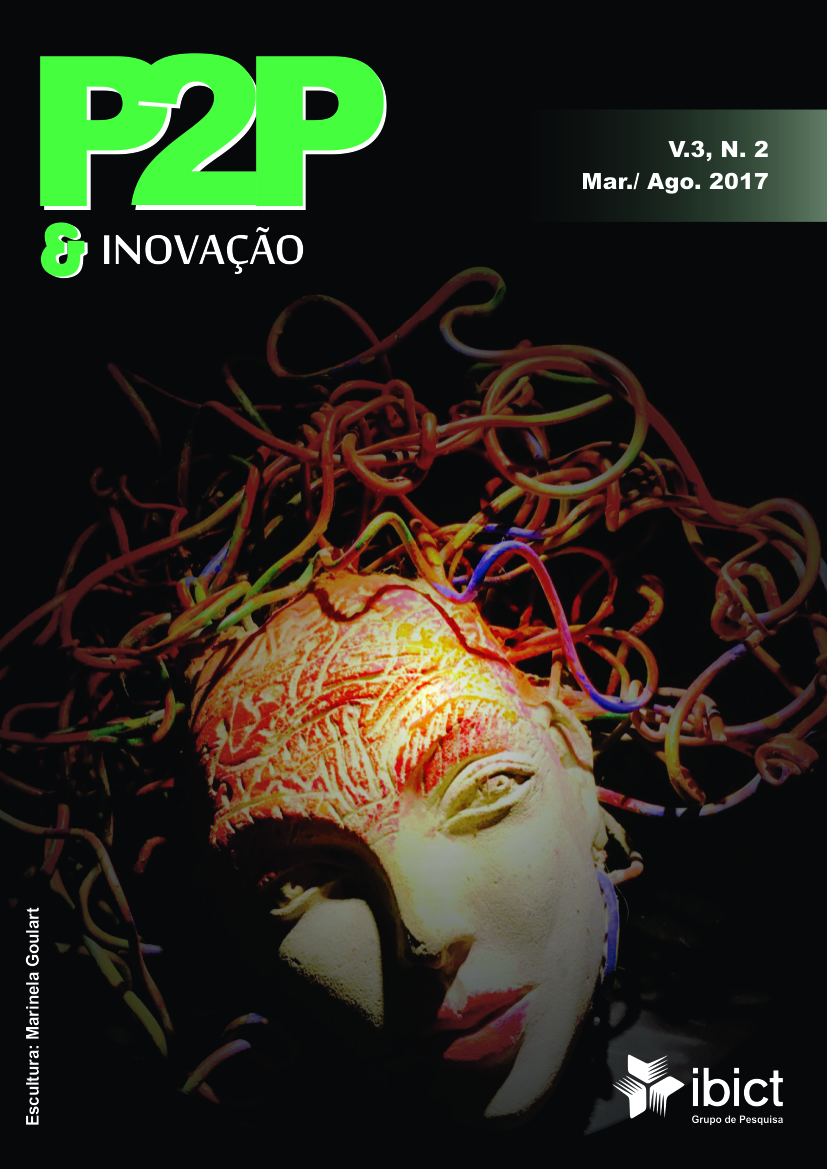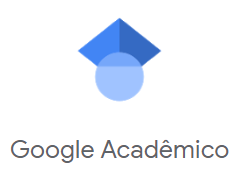SMART CITIES, INTERNET OF THINGS AND PERFORMATIVE SENSIBILITY. BRIEF ANALYSIS ON GLASGOW, CURITIBA AND BRISTOL’S INITIATIVES
DOI:
https://doi.org/10.21721/p2p.2017v3n2.p80-95Resumo
Smart cities initiatives are based on strong narratives fostered by companies and governments to deploy digital technologies in a way to improve economic growth and sustainability, as well as to maintain a better control, surveillance, and efficient usage of urban resources. It is a mix of business innovation, technocratic discourses, big data and internet of things hype. Many projects are currently being carried out and celebrated around the globe. With Internet of Things (IoT) and Big Data deployment in the core of Smart Cities initiatives (digital things, algorithms, operational systems, control rooms…), we now have to deal with a new feature of objects: their performative sensibility. Based on my observation of three smart cities initiatives (Glasgow, Curitiba, and Bristol), I would like to point out to a specific issue on the social and political dimensions of objects’ invisibility in everyday life. I propose here a very preliminary theoretical background in order to analyse the public participation and the object's invisibility in those cities. I’ll put a strong emphasis on the Internet of Things and the changing in the nature of objects. In my preliminary analysis, informational-enhanced objects are not clearly in "handiness". This invisibility is in the core of the "algorithm governmentality".
Downloads
Referências
BENNETT, Jane (2010). The Vibrant Matter. A Political ecology of Things. Durham, London: Duke University Press Bristol is Open - http://www.bristolisopen.com
CERP IoT - INTERNET OF THINGS EUROPEAN RESEARCH CLUSTER (2009). Internet of Things: Strategic Research Roadmap. http://www.internet-of-things-research.eu/pdf/IoT_Cluster_Strategic_Research_Agenda_2009.pdf
CHRIST, Oliver (2015). Martin Heidegger‘s Notions of World and Technology in the Internet of Things age. Asian Journal of Computer and Information Systems (ISSN: 2321 – 5658). Volume 03-Issue 02, April 2015.Curitiba Smart City - http://www.microsofttranslator.com/bv.aspx?from=pt&to=en&a=http://urbs.curitiba.pr.gov.br/
DE WAAL, M., SOFRONIE, S. ROIBÁS, A. (2012). Internet of Things: what is it? http://www.theinternetofthings.eu/internet-of-things-what-is-it%3F. (6 set. 2012).
FOUCAULT, M (1986). The Care of Self. Volume 3 of The History of Sexuality. NY: Pantheon Books. Future City Glasgow - http://futurecity.glasgow.gov.uk
HARMAN, G (2011). The Quadruple Object. Winchester, UK, Washington, USA: Zero Books.
JAMES, W. (1981). Pragmatism. Indianapolis/Cambridge: Hackett Publishing Company.
KARIMOVA & SHIRKHANBEIK (2015). Society of things: An alternative vision of Internet of things. Cogent Social Sciences, 1: 1115654. http://dx.doi.org/10.1080/23311886.2015.1115654
KNORR-CETINA, Karin (2001). Postsocial Relations: Theorizing Sociality in a Postsocial Environment. In Ritzer, G., Smart, B., Handbook of Social Theory. London: Sage.
LATOUR, B (1991). Technology is Society Made Durable. In Law, J. (ed.) A Sociology of Monsters: Essays on Power, Technology and Domination. London: Routledge.
LATOUR, B (1992). Where are the Missing Masses? The Sociology of a Few Mundane Artefacts. In Bijker & Law (eds.) Shaping Technology/Building Society: Studies in Sociotechnical Change. Cambridge: MIT Press.
LATOUR, B. (2005). Reassembling the Social: An Introduction to Actor-Network Theory. Oxford: Oxford University Press.
LEMOS, A (2016). Sensibilités Performatives. Les nouvelles sensibilités des objets dans les métropoles contemporaines. In Revue Sociétés, Formes urbaines, n°132/2016/2, pp. 71-84, Bruxelles: De Boeck.
LUPTON, Deborah. Personal data practices in the age of lively data. Available: SSRN 2636709, 2015a. Available at: <http://papers.ssrn.com/sol3/papers.cfm?abstract_id=2636709>. Accessed on: 10 Jan. 2015.
MANOVICH, Lev. Software takes command. New York: Bloomsburry Academic, 2013
MILLER, D (2010). Stuff. Cambridge: Wiley, John & Sons.
OWEN, Taylor (2015). The violence of algorithm. Foreign Affairs. https://www.foreignaffairs.com/articles/2015-05-25/violence-algorithms
____________________________________________________________
BENNETT, Jane. The Vibrant Matter. A Political ecology of Things. Durham, London: Duke University Press Bristol is Open, 2010. Disponível em: <http://www.bristolisopen. com>.
CERP IoT - INTERNET OF THINGS EUROPEAN RESEARCH CLUSTER (2009). Internet of Things: Strategic Research Roadmap. Disponível em:
CHRIST, Oliver. Martin Heidegger‘s Notions of World and Technology in the Internet of Things age. Asian Journal of Computer and Information Systems (ISSN: 2321 – 5658), v.3, ed.2, abr. 2015. Disponível em: http://www.microsofttranslator. com/bv.aspx?from=pt&to=en&a=http://urbs.curitiba.pr.gov.br>
DE WAAL, M.; SOFRONIE, S.; ROIBÁS, A. Internet of Things: what is it? Disponível em: < http://www. theinternetofthings.eu/internet-of-things-what-is-it%3F. Acesso em: 6 set. 2012.
FOUCAULT, M (1986). The Care of Self. In:______. The History of Sexuality. Nova York: Pantheon Books, 1986, v.3. Disponível em: Future City Glasgow .
HARMAN, G. The Quadruple Object. Winchester, UK, Washington, USA: Zero Books, 2011.
JAMES, W. Pragmatism. Indianapolis/ Cambridge: Hackett Publishing Company, 1981.
KARIMOVA & SHIRKHANBEIK (2015). Society of things: An alternative vision of Internet of things. Cogent Social Sciences, 1: 1115654. Disponível em: <http://dx.doi.org/ 10.1080/23311886.2015.1115654>.
KNORR-CETINA, Karin. Postsocial Relations: Theorizing Sociality in a Postsocial Environment. In: RITZER, G., SMART, B., Handbook of Social Theory. London: Sage, 2001.
LATOUR, B. Technology is Society Made Durable. In: LAW, J. (ed.). A Sociology of Monsters: Essays on Power, Technology and Domination. London: Routledge, 1991.
LATOUR, B. Where are the Missing Masses? The Sociology of a Few Mundane Artefacts. In: BIJKER & LAW (eds.) Shaping Technology/Building Society: Studies in Sociotechnical Change. Cambridge: MIT Press, 1992.
______. Reassembling the Social: An Introduction to Actor-Network Theory. Oxford: Oxford University Press, 2005.
LEMOS, A. Sensibilités Performatives. Les nouvelles sensibilités des objets dans les métropoles contemporaines. In : Revue Sociétés, Formes urbaines, n.132/2016/2, p.71-84. Bruxelles: De Boeck, 2016.
LUPTON, Deborah. Personal data practices in the age of lively data. SSRN 2636709, 2015a. Disponível em: <http://papers.ssrn.com/sol3/ papers.cfm?abstract_id=2636709>. Acesso em: 10 jan. 2015.
MANOVICH, Lev. Software takes command. New York: Bloomsburry Academic, 2013.
MILLER, D (2010). Stuff. Cambridge: Wiley, John & Sons, 2010.
OWEN, Taylor. The violence of algorithm. Foreign Affairs, 2015. Disponível em: < https://www.foreignaffairs.com/articles/2015-05-25/violence-algorithms>.
Downloads
Publicado
Como citar
Edição
Seção
Licença
A revista é publicada sob a licença Creative Commons - Atribuição - Uso Não Comercial - Partilha nos Mesmos Termos 4.0 Internacional.
O trabalho publicado é considerado colaboração e, portanto, o autor não receberá qualquer remuneração para tal, bem como nada lhe será cobrado em troca para a publicação.
Os textos são de responsabilidade de seus autores.
É permitida a reprodução total ou parcial dos textos da revista, desde que citada a fonte.















